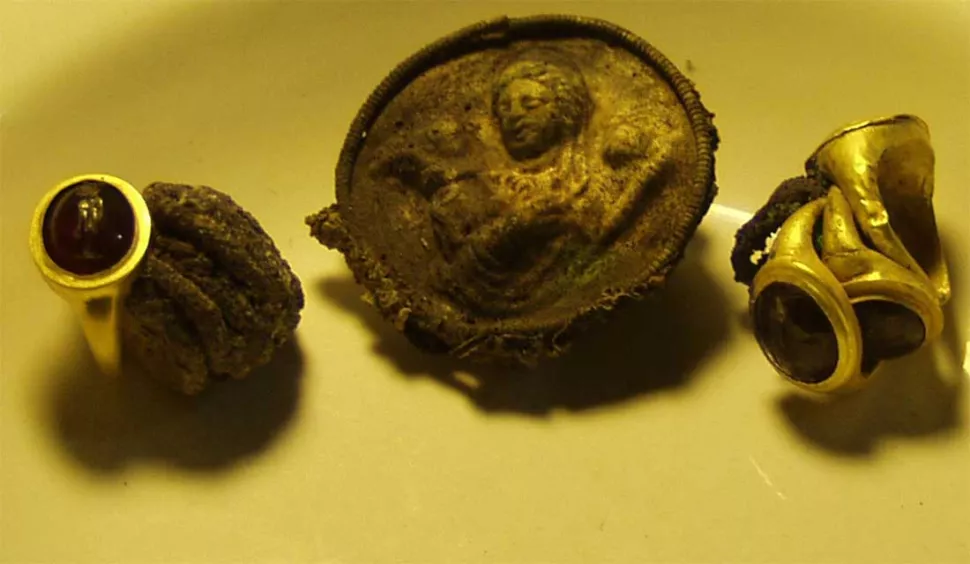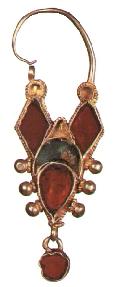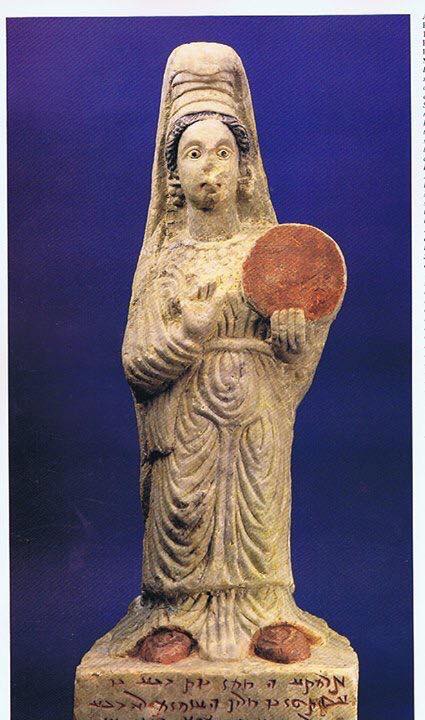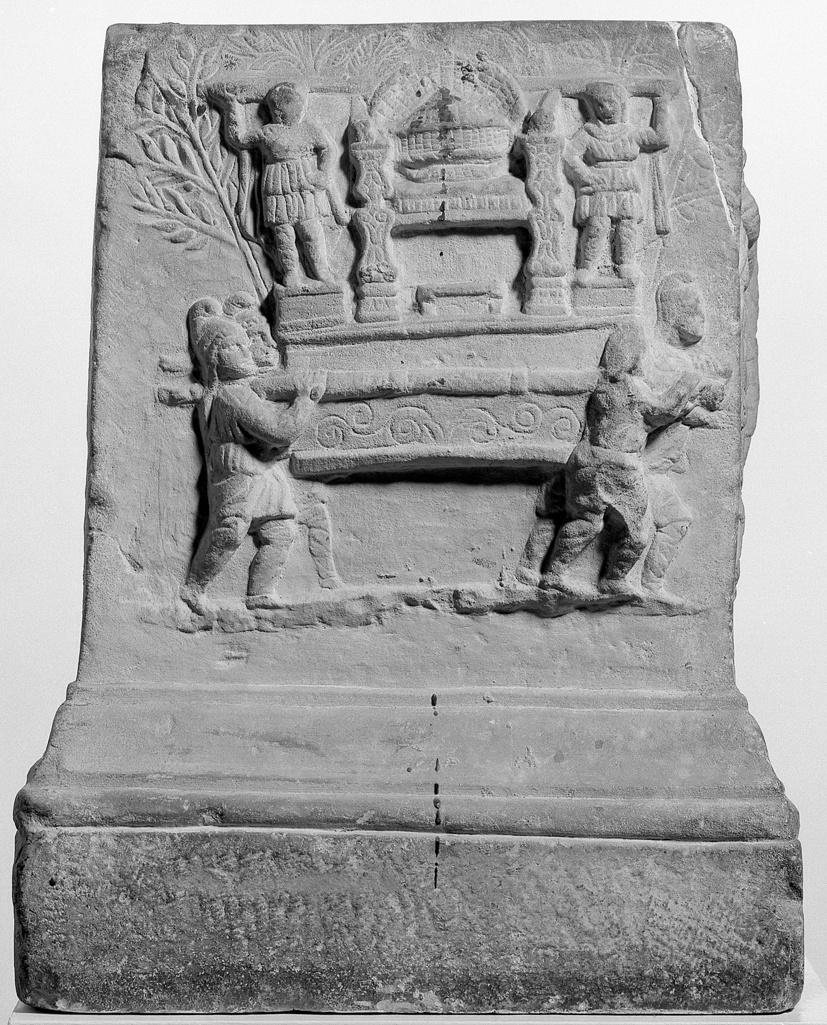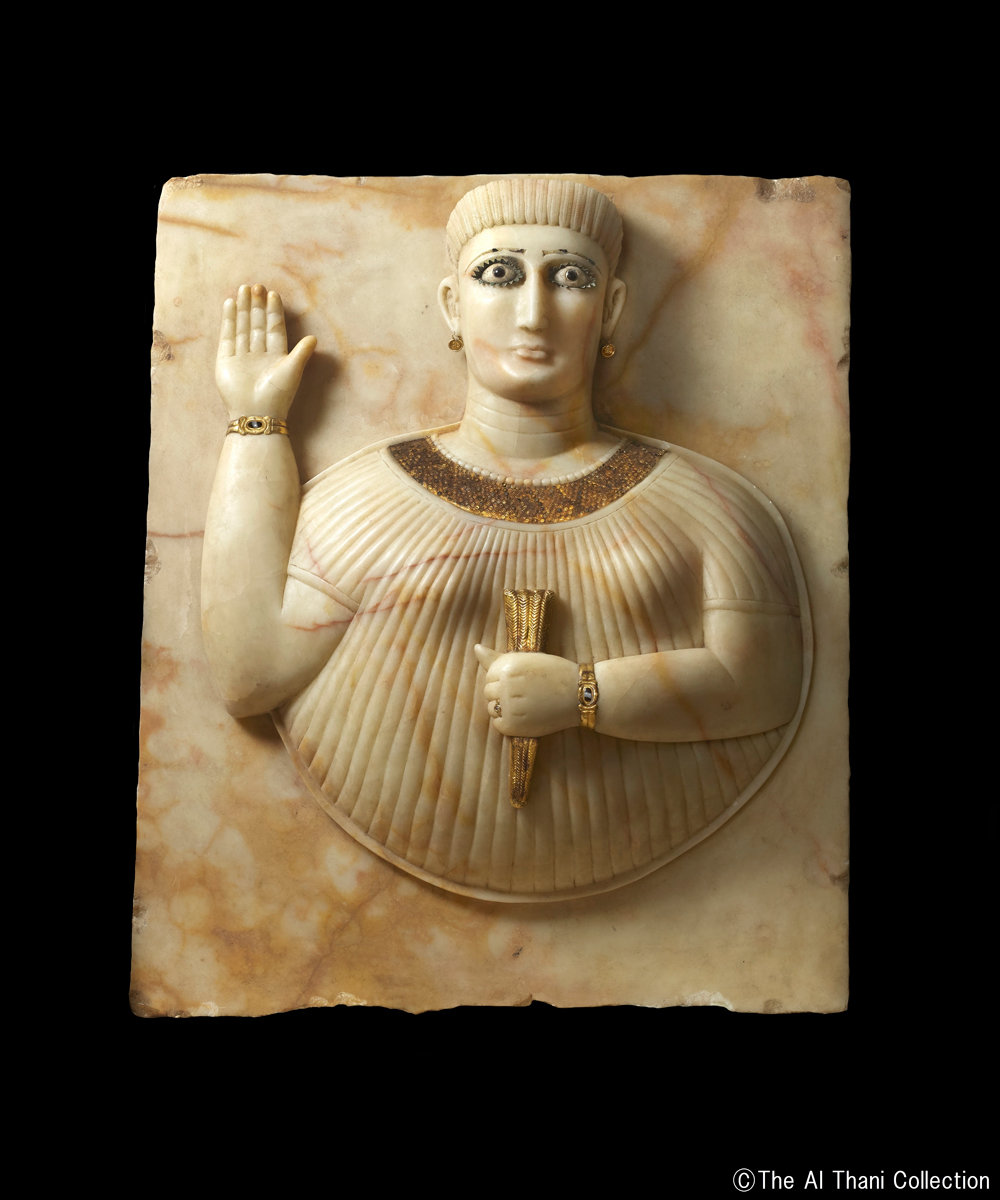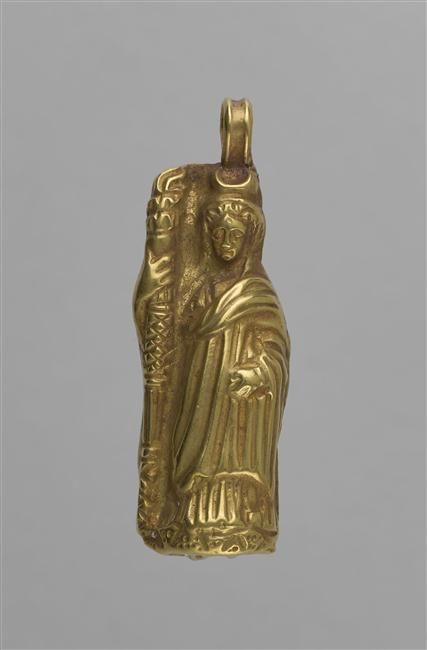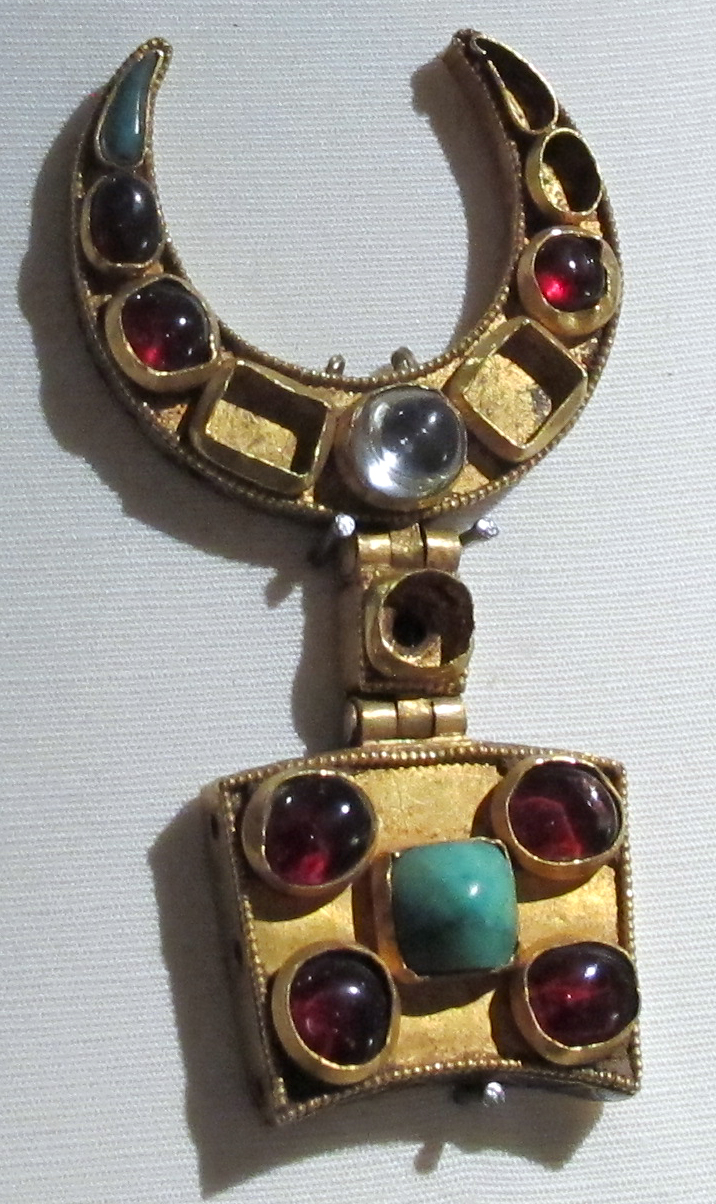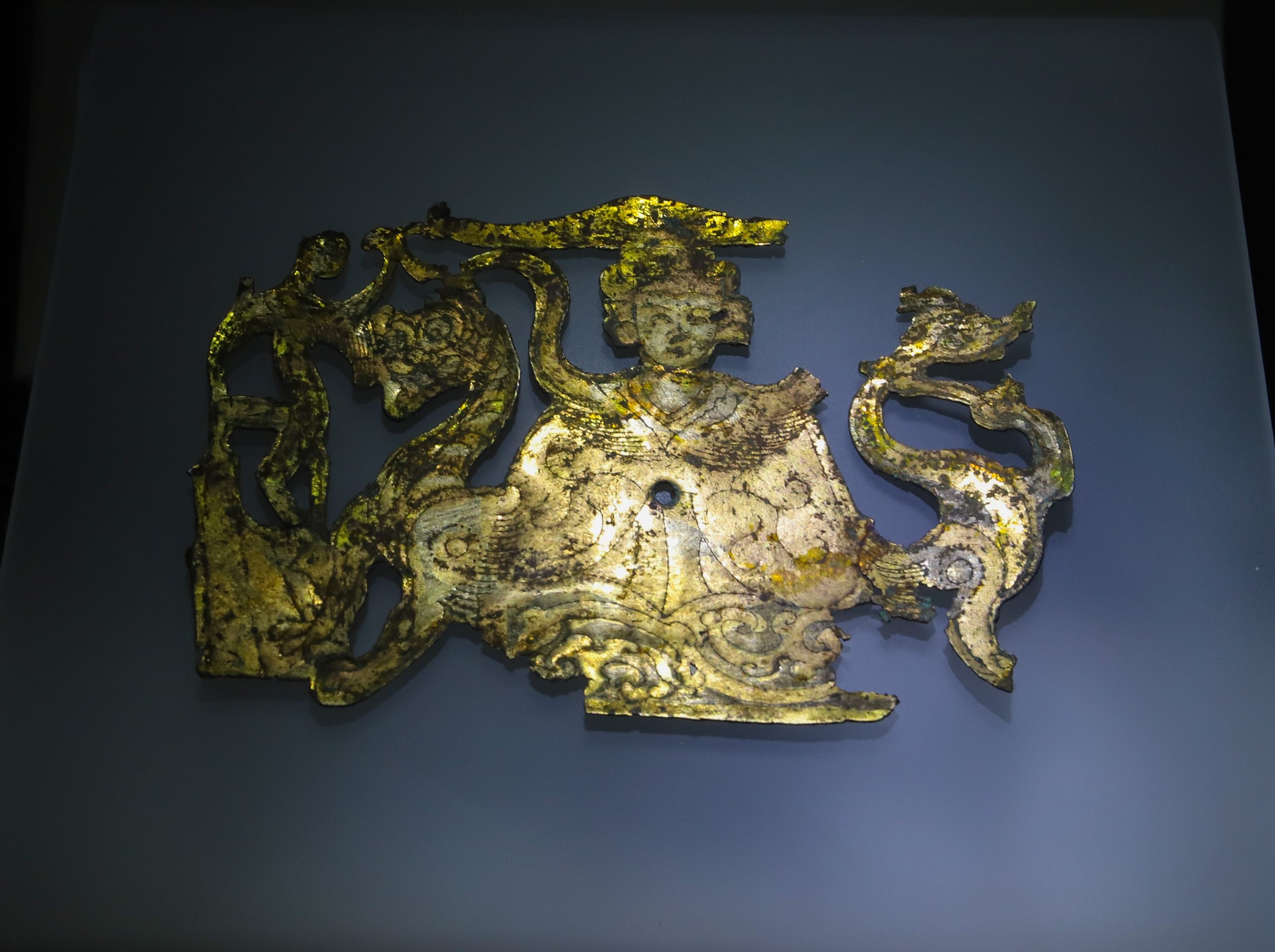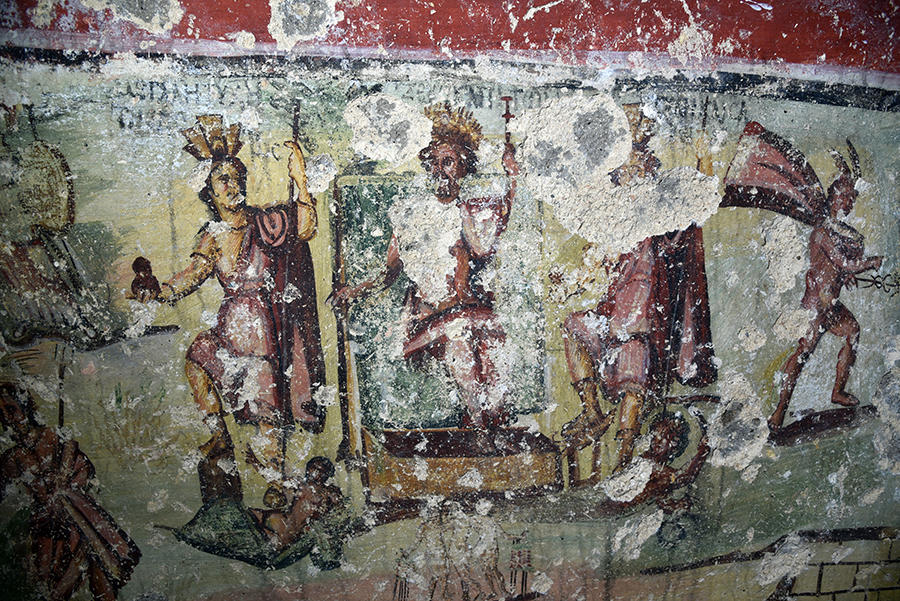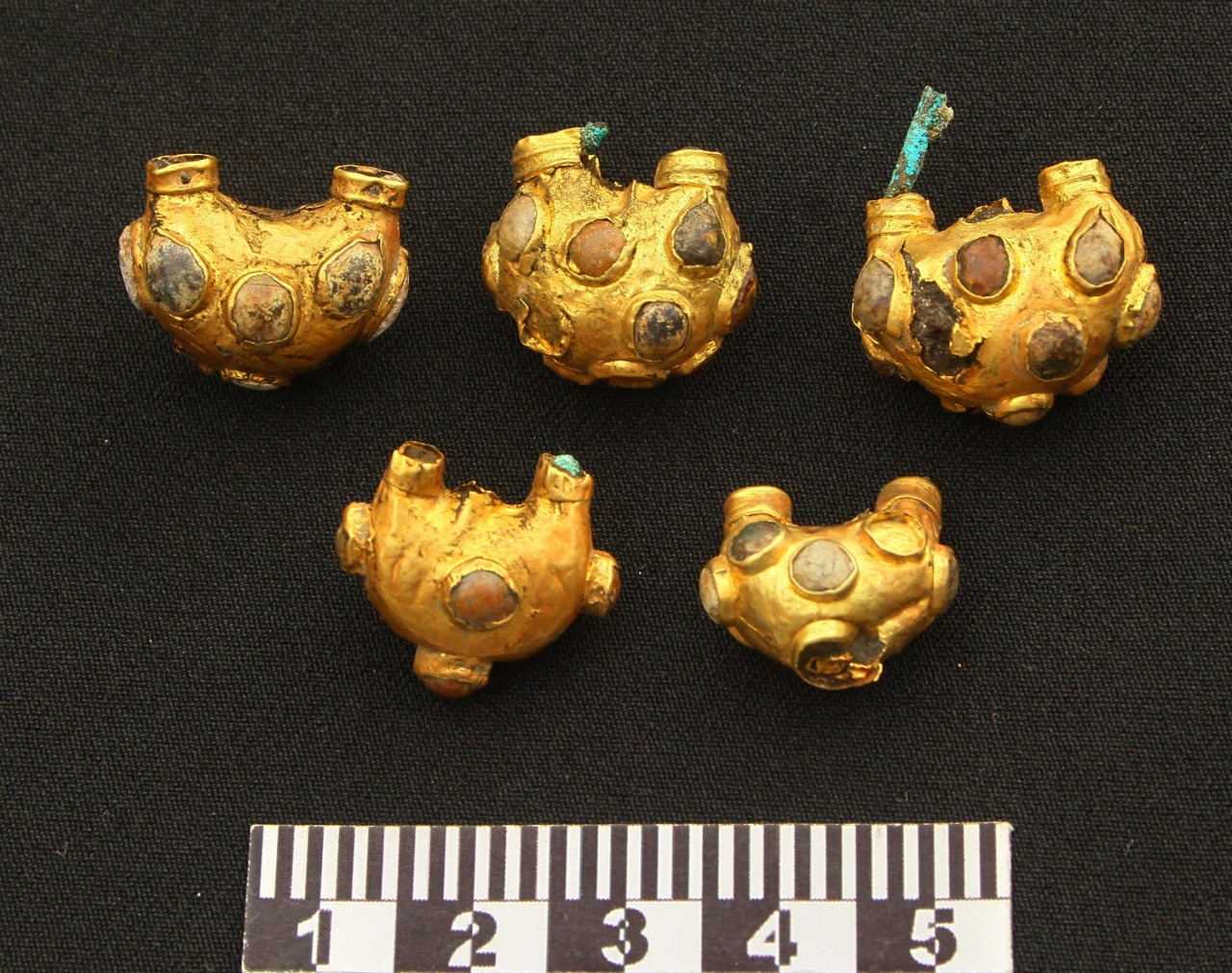Based on
An article “Art in Temple of ‘Allah’s Daughter’ Reveals Ancient Super-camels”, Ariel David, Jan. 25, 2022 [link]
“Iconographic evidence of hybridisation between Camelus bactrianus and Camelus dromedarius at second-century AD Hatra, Iraq”
Massimo Vidale, Stefania Berlioz and Rowaed Mohammed
Published online by Cambridge University Press: 26 January 2022 [link]



Relief at the Temple Allat in Hatra (2nd century), shows created hybrid camels resulting by mating Camelus bactrianus and Camelus dromedarius. The study of the decoration, suggests that the rulers of the Kingdom of Hatra imported camels from distant Central Asia in order to mate them with the common dromedary from Arabia, creating a more robust beast of burden.

A Camelus bactrianus/dromedarius hybrid in Kazakhstan (reproduced from Alhadrami)
Credit: Alhadrami & Faye 2016

A super-camel today, aka a camel-dromedary hybrid.
Credit: Vi. Cult. Wikimedia Commons
The inner door of the southern iwan [“a rectangular hall or space, usually vaulted, walled on three sides, with one end entirely open” wiki], is featuring the camels lintel with two-humped camels flanking a human figure in the center, probably a portrait of the king of Hatra at the time, Sanatruq I.
The discovery was made during restoration work on the temple dedicated to Allat, a pre-Islamic goddess of war, love and justice that was worshipped by Arabs across the Near East, a goddess whose sacred animal was the camel. The temple was built around 168 C.E. over an older shrine.
“Allat, or al-Lat, is an evolution of the Mesopotamian deity Ishtar, which appears in various incarnations throughout the Levant, Vidale notes.
For the ancient Israelites, who were far from being monotheistic during the First Temple period (roughly 950 to 586 B.C.E.), she was Asherah, believed to be the consort of the biblical God, Yahweh.
Similarly, Allat, was also linked to the pre-monotheistic version of Allah, possibly as a daughter or wife of the supreme deity.
Allat also appears in the Satanic Verses, the apocryphal Muslim tradition (…) according to which the Prophet Mohammed initially allowed converts to Islam to continue worshipping her and other pagan deities.
Given Allat’s choice of sacred animal, she was prominently worshipped by the tribes of desert traders who depended on the camel for their survival and prosperity. This fact was likely behind the decision by Hatra’s King Sanatruq to dedicate a temple to Allat, in order to consolidate his ties with Arab traders. It is not a coincidence that the forecourt of the temple doubled as a resting spot for caravans and market.”

Relief from the Temple of Allat in Hatra showing King Sanatruq I (left) and the goddess seated on a scale, a symbol of justice.
Lucinda Dirven Camels, Caravans and Deities: Representations of Camels in Palmyra and Hatra as Proof of Caravan Trade [academia.edu]

